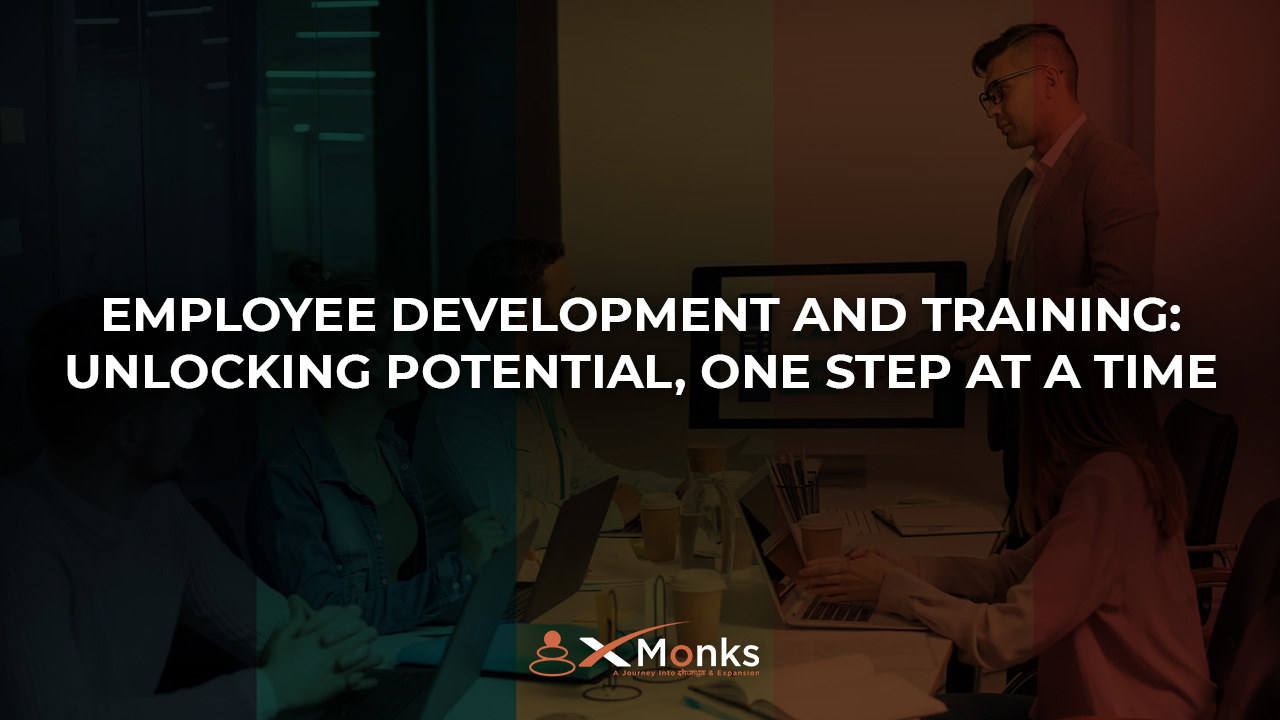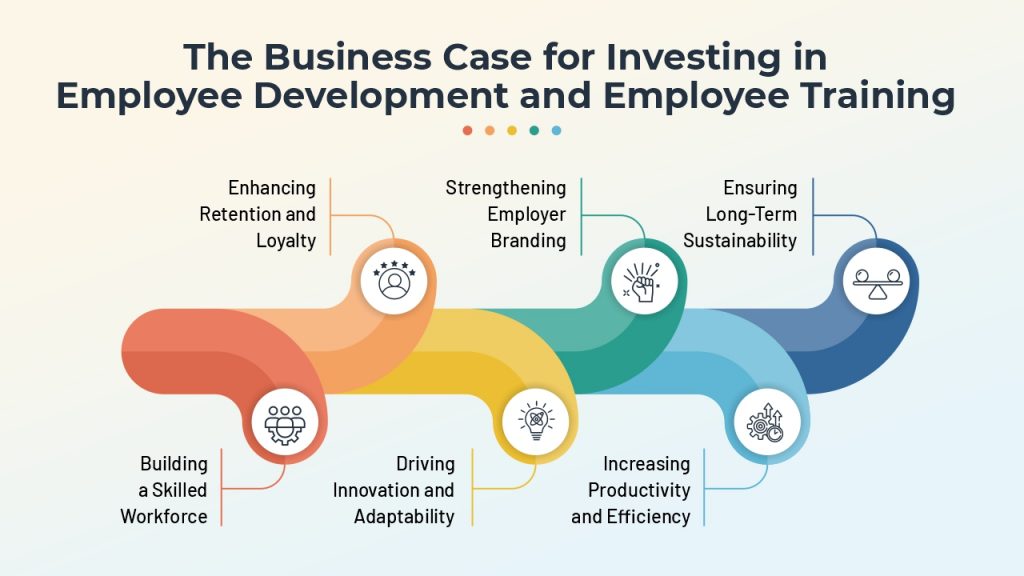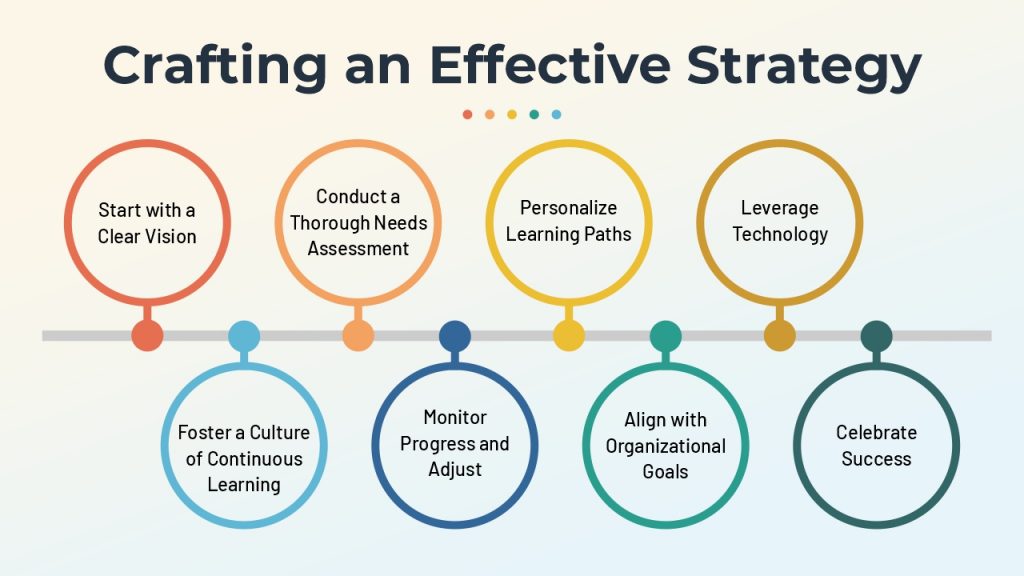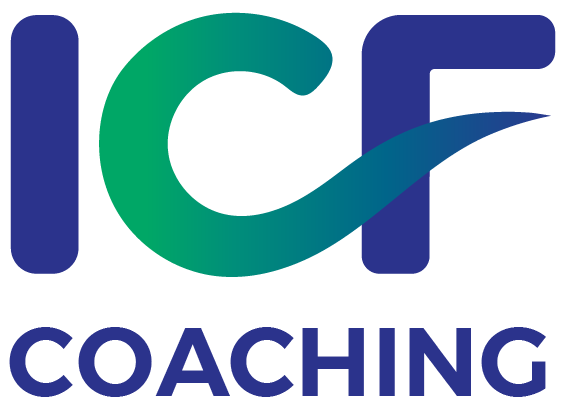Table of Contents
ToggleEmployee Development and Training: Unlocking Potential, One Step at a Time

In the tapestry of organizational success, two threads intertwine seamlessly—employee development and employee training. Once again, these are not mere buzzwords; they are the cornerstones upon which businesses build resilience, innovation, and a competitive edge. While development and training often dance together in harmony, each serves a distinct purpose in nurturing the human capital that drives an organization forward. Let’s embark on a journey to explore how these facets of workforce empowerment shape not just careers, but also the very soul of an organization.
The Essence of Employee Development
Employee development is a long-term commitment to growth. It is the art of cultivating potential, equipping individuals with the skills, experiences, and mindset to navigate their careers with purpose. Unlike training, which often focuses on immediate job requirements, development aims to prepare employees for the future—for roles they aspire to and challenges yet to come.
Consider employee development as planting a tree. The roots symbolize foundational skills and values, the trunk represents core competencies, and the branches stretch toward aspirations and new opportunities. This process requires patience, nurturing, and vision. Organizations that prioritize development create an environment where employees can flourish, contributing to a culture of continuous learning and mutual growth.
Key components of employee development include:
- Leadership Programs: Building future leaders through mentorship, coaching, and exposure to strategic decision-making.
- Skill Enhancement: Encouraging employees to acquire new skills or refine existing ones through workshops and certifications.
- Career Pathing: Providing clarity on career progression opportunities within the organization, fostering loyalty and ambition.
- Feedback Culture: Regular, constructive feedback helps employees identify areas for improvement and celebrate milestones.
The Interplay Between Employee Development and Employee Training
While distinct, employee development and training are complementary. Training addresses immediate gaps, ensuring operational efficiency, while development invests in future capabilities, fostering innovation and adaptability. Together, they form a robust strategy for workforce empowerment.
Imagine a scenario where an organization introduces a new software system. Training sessions teach employees how to use the tool, addressing the short-term need for operational fluency. Simultaneously, development programs might explore how this technology could be leveraged for strategic initiatives, preparing employees to think beyond immediate tasks.
Organizations that master this balance create a workforce that is both skilled and forward-thinking. Employees feel valued, knowing their present needs are met while their future potential is recognized.
The Business Case for Investing in Employee Development and Employee Training
Within the workplace, the threads of employee development and employee training weave a story of resilience, innovation, and sustained growth. These are not mere organizational perks but strategic imperatives that propel companies into the future. Let’s unravel why investing in these areas is not only prudent but essential for thriving in an ever-evolving corporate landscape.

Building a Skilled Workforce
Employee training provides the foundation for a skilled workforce, addressing immediate needs and ensuring operational excellence. From onboarding new hires to upskilling seasoned professionals, training equips employees with the tools they need to excel in their roles. Imagine a craftsman’s toolkit—sharp, precise, and ready—such is the effect of a well-trained employee.
Development, on the other hand, nurtures the deeper roots of an organization. It is the investment in potential—mentorship, leadership programs, and career pathing—ensuring employees not only grow but thrive. Together, training and development form a robust strategy that safeguards a company’s future.
Enhancing Retention and Loyalty
In an age where talent is a scarce commodity, retaining top performers is paramount. When companies invest in employee development and employee training, they send a clear message: “We value you.” This commitment fosters loyalty and enhances employee satisfaction, reducing costly turnover rates. Employees are more likely to stay with organizations that prioritize their growth and provide opportunities to advance their careers.
Driving Innovation and Adaptability
The corporate world is in constant flux, with new technologies and market dynamics reshaping industries. A workforce equipped with up-to-date skills and a forward-thinking mindset is better positioned to innovate and adapt. Training ensures employees can navigate current challenges, while development prepares them for unforeseen opportunities. The result is a business that remains agile and competitive.
Strengthening Employer Branding
Organizations known for exceptional employee development and training initiatives attract top talent. Prospective employees are drawn to companies that prioritize growth and learning, enhancing the organization’s reputation as an employer of choice. This strong employer brand not only aids recruitment but also fosters a culture of excellence and ambition.
Increasing Productivity and Efficiency
A well-trained employee is an efficient employee. By addressing skill gaps and providing clear guidance, training reduces errors and enhances productivity. Development initiatives, meanwhile, inspire employees to take ownership of their roles and contribute beyond their job descriptions. Together, these efforts drive a high-performing workforce that achieves exceptional results.
Ensuring Long-Term Sustainability
Investing in employees is an investment in the organization’s future. By cultivating a pipeline of skilled and motivated individuals, companies ensure their sustainability and resilience. This forward-thinking approach not only safeguards the present but also secures the company’s position in an increasingly competitive landscape.
Quite frankly, the business case for investing in employee development and employee training is both compelling and undeniable. These initiatives empower individuals, strengthen teams, and drive organizational success. In nurturing their people, businesses not only achieve their goals but also create a legacy of growth and innovation that resonates far beyond the confines of their walls.
Crafting an Effective Strategy
Behind every thriving organization lies a carefully crafted strategy to empower its workforce. Employee development and employee training are not isolated initiatives but integral components of a holistic approach to success. To harness their full potential, businesses must design strategies that align with their goals, values, and people.

Start with a Clear Vision
The journey begins with clarity. Organizations must identify their objectives—both immediate and long-term. Are they aiming to address current skill gaps or prepare employees for future challenges? A clear vision ensures that development and training efforts are purposeful and impactful.
Conduct a Thorough Needs Assessment
Understanding the workforce’s current capabilities is crucial. Through surveys, performance reviews, and feedback sessions, companies can identify areas where training is needed and opportunities for development. This assessment serves as the foundation for designing tailored initiatives.
Personalize Learning Paths
One size does not fit all. Employees have unique aspirations, strengths, and challenges. Personalized learning paths ensure that training and development programs resonate with individuals, increasing engagement and effectiveness. From technical skills to leadership coaching, these customized plans create a more invested workforce.
Leverage Technology
In the digital age, technology is a powerful ally. Learning management systems (LMS), e-learning platforms, and virtual workshops make training accessible and engaging. Gamification elements can further enhance the experience, making learning enjoyable and motivating.
Foster a Culture of Continuous Learning
The most effective strategies extend beyond formal programs. By embedding learning into the organization’s culture, companies encourage employees to seek knowledge daily. Leaders play a critical role here, modeling curiosity and supporting growth.
Monitor Progress and Adjust
A strategy is only as good as its execution. Regularly tracking the impact of development and training initiatives ensures they remain effective and relevant. Feedback loops allow organizations to refine their approaches and address emerging needs.
Align with Organizational Goals
Employee development and employee training should not exist in isolation. They must align with the company’s overarching goals and values. For example, a company prioritizing innovation might focus on creative problem-solving workshops, while one aiming for operational excellence might emphasize process optimization.
Celebrate Success
Recognizing and celebrating milestones motivates employees and reinforces the value of learning. Whether it’s a certificate for completing a course or a public acknowledgment of growth, these moments foster a sense of achievement and belonging.
Crafting an effective strategy for employee development and employee training requires vision, adaptability, and commitment. By investing in their people with intention and care, organizations lay the groundwork for a future defined by success and innovation.
The Human Element
Beneath the metrics and strategies of employee development and employee training lies the beating heart of the workforce—the human element. It is here, in the aspirations, challenges, and stories of individuals, that the true essence of these initiatives is revealed. To understand this is to unlock their transformative potential.
Recognizing Individual Potential
Every employee carries a unique blend of talents, dreams, and experiences. Employee development is about seeing this potential and nurturing it. It requires empathy and a commitment to helping individuals grow, not just as professionals but as people. When organizations recognize their employees as whole beings, they create a foundation of trust and mutual respect.
Building Meaningful Connections
Development and training are inherently relational. Mentorship programs, coaching sessions, and collaborative workshops are not just about transferring knowledge—they are about building relationships. These connections foster a sense of belonging and create an environment where employees feel supported and valued.
Empowering Through Storytelling
Stories inspire growth. Sharing success stories of employees who have thrived through development programs can ignite ambition and encourage others to embrace learning opportunities. These narratives humanize initiatives, making them more relatable and impactful.
Addressing Emotional Barriers
The journey of growth is rarely linear. Employees may face self-doubt, fear of failure, or resistance to change. Acknowledging these emotions and providing support—whether through counseling, peer groups, or empathetic leadership—ensures that development is not just skill-based but also deeply personal.
Cultivating a Sense of Purpose
At its core, employee development and employee training are about helping individuals find meaning in their work. When employees understand how their growth contributes to the organization’s mission, they feel a greater sense of purpose. This alignment drives engagement and inspires commitment.
Celebrating Humanity in the Workplace
Ultimately, the human element is what transforms development and training from tasks to transformative experiences. By celebrating individuality, fostering connections, and addressing the whole person, organizations create initiatives that resonate deeply and drive lasting change.
As with almost everything, the human element is the heart of employee development and employee training. It reminds us that behind every skill acquired and every milestone achieved is a person—with dreams to chase, challenges to overcome, and a story to tell. By embracing this humanity, organizations create a legacy of growth that touches lives far beyond the workplace.
Overcoming Challenges
While the benefits are clear, implementing employee development and training initiatives is not without challenges. Budget constraints, resistance to change, and the ever-present time crunch can hinder progress. However, these obstacles can be overcome with creativity and commitment:
- Cost-Effective Solutions: Explore partnerships with online learning platforms or industry associations to reduce costs.
- Change Management: Communicate the value of training and development initiatives clearly, addressing concerns proactively.
- Flexible Scheduling: Offer programs that can be accessed on-demand, accommodating diverse schedules.
The Future of Employee Development and Employee Training
As the workplace continues to evolve, so too will the methods and focus of employee development and training. Emerging trends include:
- Microlearning: Short, focused learning sessions that cater to modern attention spans.
- Gamification: Using game-like elements to make learning engaging and fun.
- AI and Data Analytics: Personalizing learning experiences and tracking progress with precision.
- Diversity and Inclusion Training: Fostering a workplace culture that values different perspectives and backgrounds.
FAQs
Conclusion
Employee development and employee training are the twin pillars of organizational growth. Together, they empower individuals, strengthen teams, and propel businesses toward their goals. By weaving these practices into the fabric of their culture, organizations can unlock the boundless potential of their workforce, creating a legacy of excellence and innovation.
In the end, investing in people is the most sustainable strategy. For when employees grow, so too do the organizations they serve, and the impact of this growth ripples far beyond the confines of the workplace.

